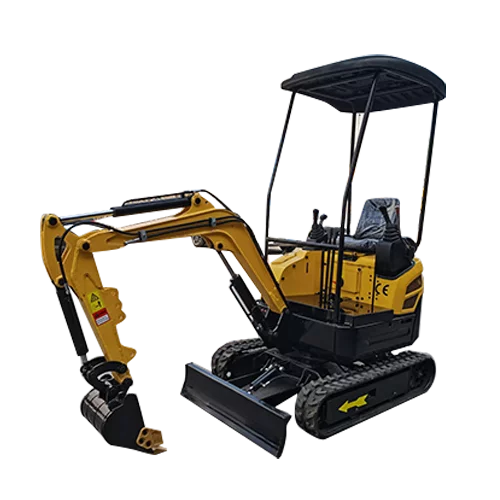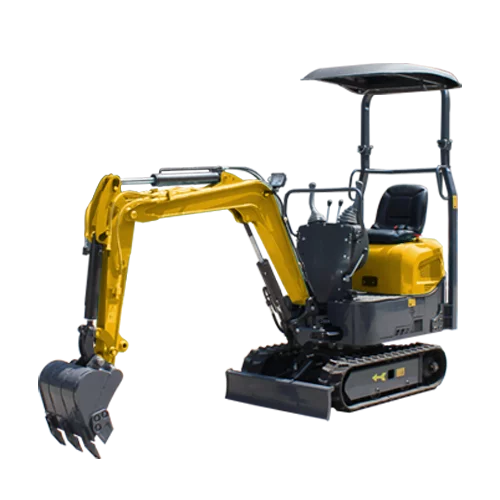Welcome to My Blog!
Before we dive into the content, I’d love for you to join me on my social media platforms where I share more insights, engage with the community, and post updates. Here’s how you can connect with me:
Facebook:https://www.facebook.com/profile.php?id=100087112105480
LinkedIn:https://www.linkedin.com/showcase/99327366/admin/dashboard/
Now, let’s get started on our journey together. I hope you find the content here insightful, engaging, and valuable.
Table of Contents
Introduction

Mini excavators are invaluable machines for a range of projects, from landscaping and construction to utility work and home renovations. One of the most important considerations when purchasing a mini excavator is understanding its dimensions. The size and proportions of a mini excavator can influence its maneuverability, lifting capacity, transportability, and overall efficiency on the job site. In this blog, we’ll explore the various aspects of mini excavator dimensions, providing you with the insights you need to make an informed purchase in 2025.
Why Are Mini Excavator Dimensions Important?
When you’re looking to buy a mini excavator, the dimensions play a pivotal role in determining its suitability for your specific needs. The following factors depend heavily on the size of the excavator:
- Workspace Accessibility: Smaller excavators can access tighter spaces, which is a major advantage for urban construction or residential sites.
- Transport Efficiency: Knowing the dimensions ensures that the excavator can be transported easily to different job sites without requiring specialized equipment.
- Stability and Performance: The width, height, and length affect the stability of the excavator during operations, influencing its performance and safety.
Key Mini Excavator Dimensions You Should Know
Understanding the key dimensions of a mini excavator can help you make the right choice for your projects. These include:
- Operating Weight: This is one of the most important factors, as it dictates the machine’s lifting capacity, stability, and transportability.
- Track Width and Length: The width and length of the tracks will affect the mini excavator’s balance and ground pressure.
- Overall Height: The height impacts the machine’s ability to reach and work at elevated positions.
- Swing Radius: This is the space needed for the excavator to rotate its arm and bucket.
- Arm Length and Digging Depth: These dimensions determine how far and deep the mini excavator can dig, which is critical for various applications.
The Importance of Track Width and Length in Mini Excavator Dimensions

Track width and length are crucial when it comes to determining the balance and stability of a mini excavator. Tracks are generally designed in either rubber or steel, with rubber tracks offering better maneuverability and lower ground pressure. The longer the track, the more stability you can expect, especially on uneven terrain.
- Narrower Tracks: These are best for navigating through tight spaces like residential areas or construction zones with limited access.
- Wider Tracks: These provide more stability but can make the machine harder to maneuver in confined spaces.
Here’s a quick overview of the impact of different track sizes on the machine’s operation:
| Track Type | Advantage | Best For |
|---|---|---|
| Narrow Tracks | Better for tight spaces and maneuverability | Residential and Urban Jobs |
| Wide Tracks | Increased stability and weight distribution | Heavy-duty, rough terrains |
How Does Mini Excavator Height Affect Your Choice?
Height is another important dimension to consider. A mini excavator’s overall height typically includes the cabin and boom. In tight spaces, a machine with a lower height might be advantageous because it can easily fit under obstacles like bridges, power lines, or trees.
- Low Height: Ideal for projects where the machine will be used in confined or covered spaces.
- Higher Height: Useful when the excavator needs to reach elevated areas or have more clearance for the boom and attachments.
Mini excavators with adjustable arms also offer additional flexibility when working in variable-height environments, providing more control over the depth and reach.
Understanding Swing Radius and Its Impact on Mini Excavator Performance
The swing radius is the area required for the excavator to rotate its arm and bucket. For mini excavators, having a small swing radius is important, especially when working in confined areas where space is limited. A reduced swing radius allows for better maneuverability and increased safety by minimizing the risk of hitting surrounding objects or structures.
- Compact Swing Radius: More maneuverable and ideal for urban job sites.
- Larger Swing Radius: Better for projects where space isn’t as constrained, but it may be less efficient in tight areas.
Digging Depth and Reach: Why These Dimensions Matter

Digging depth and reach are key considerations when evaluating the capabilities of a mini excavator. Different projects require different levels of digging depth, depending on whether you need to dig trenches for utilities, landscaping, or foundations.
- Longer Reach: Allows you to reach farther and dig deeper without moving the machine, improving productivity.
- Shallower Reach: Might limit your work but provides increased control in more confined spaces.
Mini Excavator Dimensions in 2025: What’s New?
As technology and design continue to evolve, mini excavators in 2025 will likely feature improved dimensions for better efficiency and versatility. Some potential trends to expect include:
- Reduced Weight with Increased Power: Lighter machines that still maintain strong lifting and digging capacities.
- More Compact Machines: These will allow greater maneuverability in urban construction, residential areas, and even inside buildings.
- Enhanced Reach and Height: To accommodate more demanding tasks while keeping the overall size manageable.
Conclusion

Mini excavator dimensions play a critical role in determining how suitable the machine is for your project needs. By understanding the different aspects of track width, height, swing radius, and digging depth, you can make a more informed decision and select the right mini excavator for your job. As you look to 2025, you’ll likely find even more compact, efficient machines with enhanced capabilities. Pay attention to these key measurements to maximize the efficiency, safety, and productivity of your mini excavator.
FAQ
What is the ideal mini excavator size for residential projects?
For residential projects, a mini excavator with a narrower track width, low overall height, and compact swing radius would be ideal, as these dimensions allow for better maneuverability and access in tight spaces.
How do mini excavator dimensions affect transportation?
The size of the mini excavator will affect its transportability. Smaller machines are easier to load onto trailers and move between job sites, whereas larger machines might require specialized transport or additional permits.
Can mini excavator dimensions affect the machine’s stability?
Yes, the dimensions play a significant role in the machine’s stability. A wider track or a lower height often provides better stability, especially on uneven or sloped terrain.
How do digging depth and reach influence mini excavator performance?
The digging depth and reach directly influence the type of work a mini excavator can perform. A greater reach allows the excavator to dig further without moving the machine, while a greater digging depth is useful for deep trenching tasks.
Are there any advancements in mini excavator dimensions for 2025?
In 2025, mini excavators are expected to become more compact and lightweight without sacrificing power. This trend will allow for better maneuverability in tight spaces while still being capable of handling demanding tasks.
